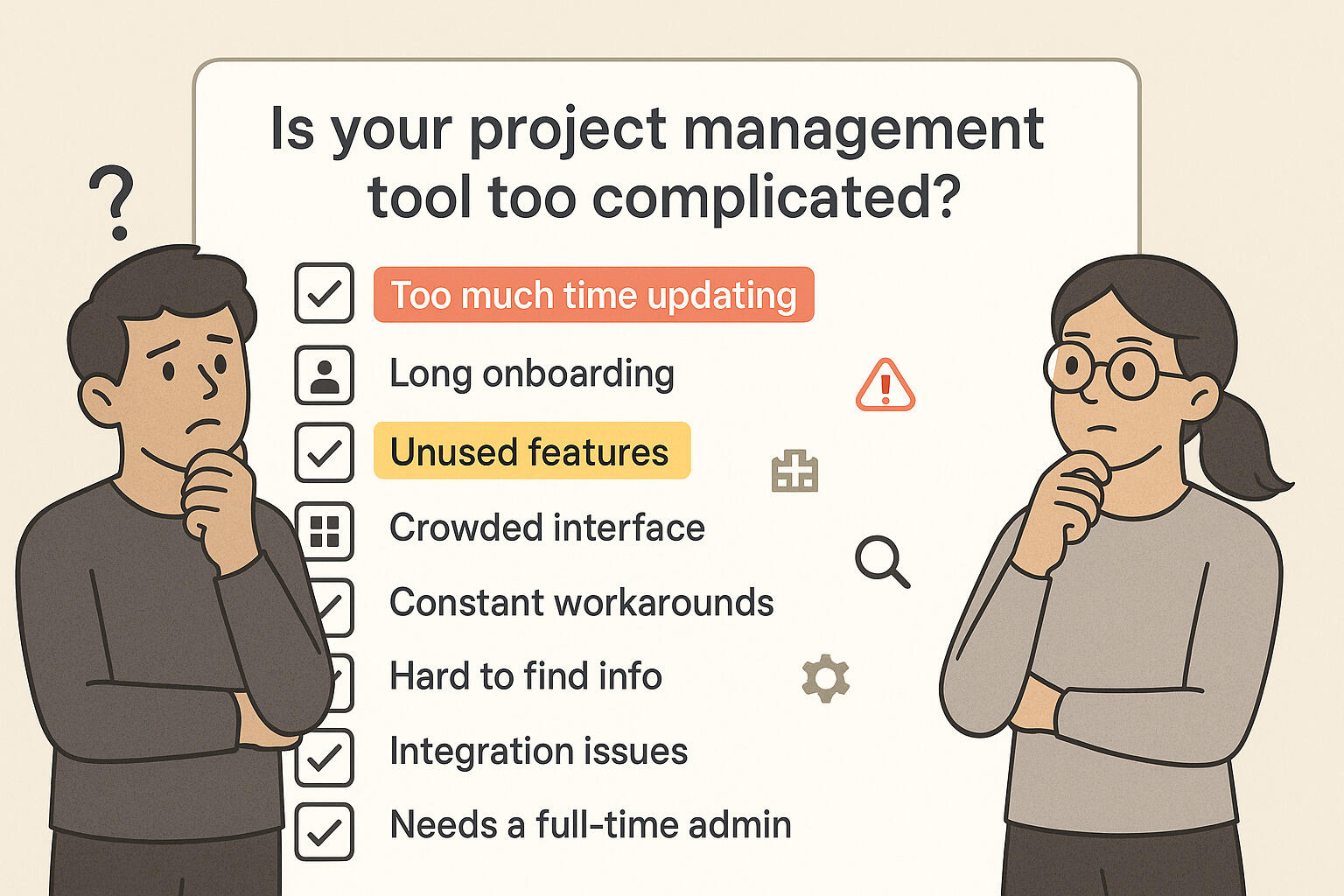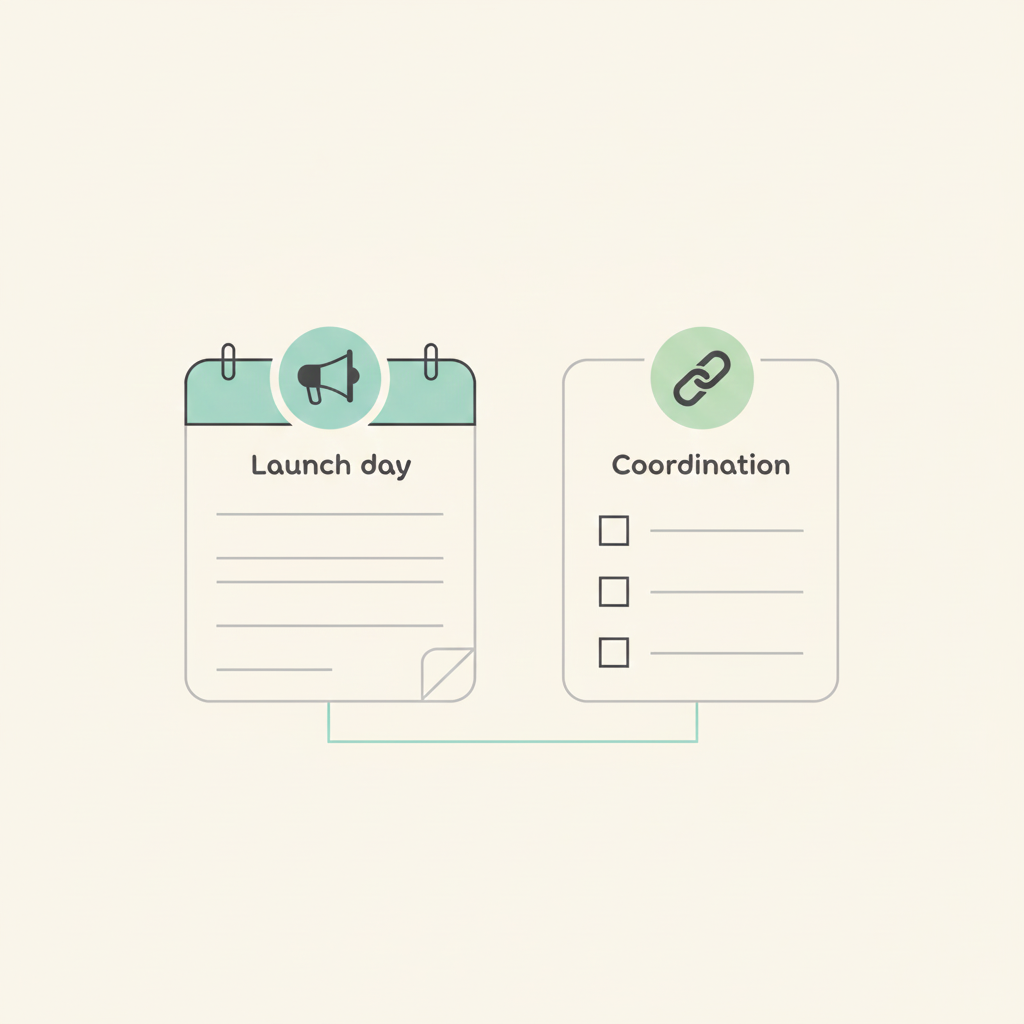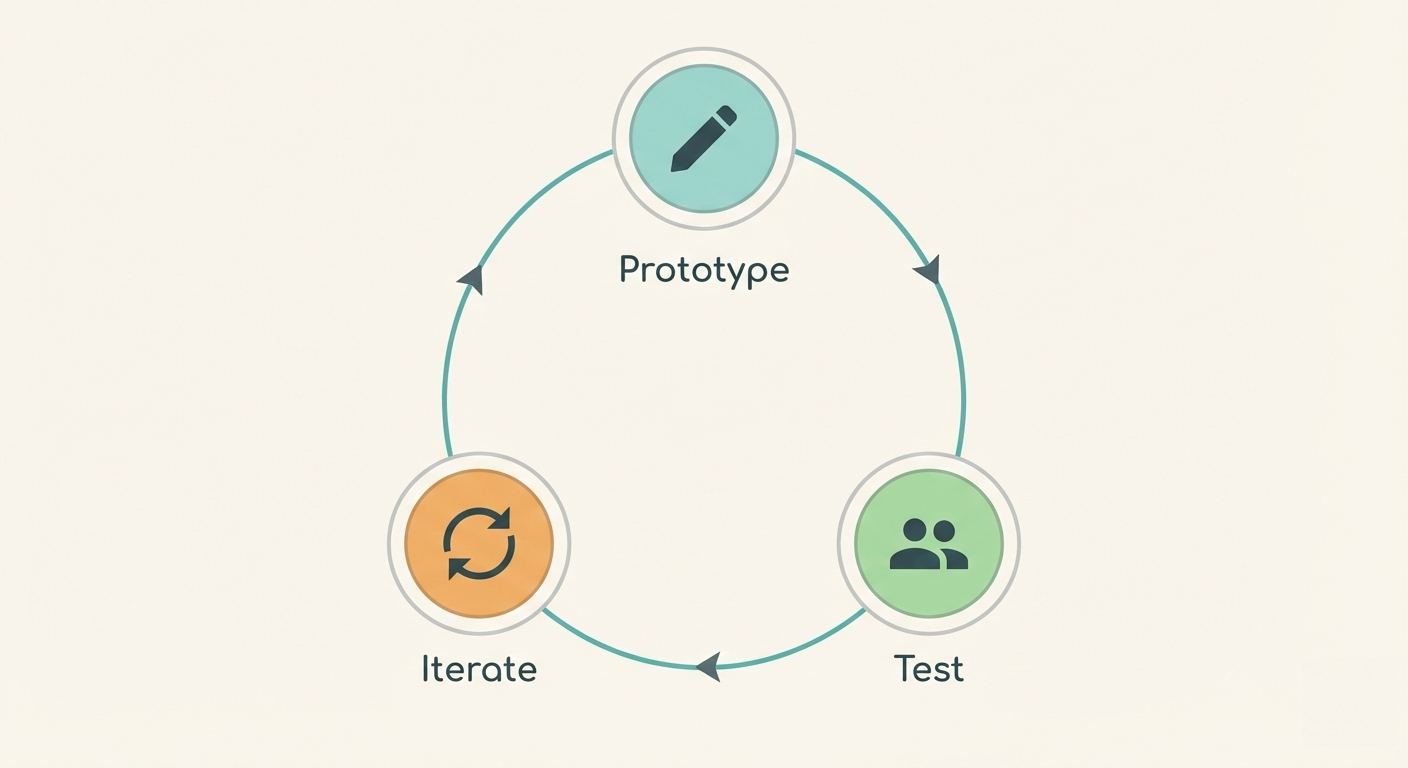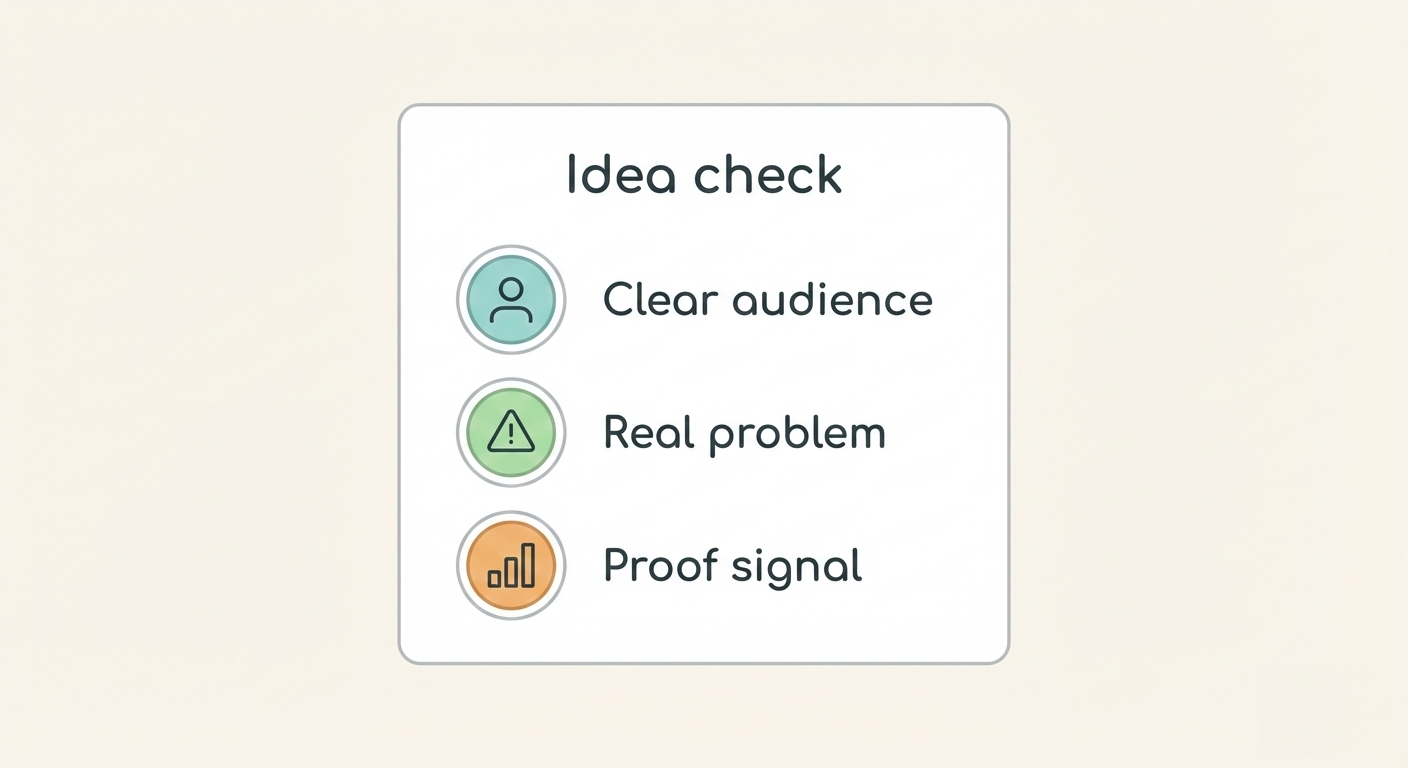10 signs your project management tool is too complicated
Contents
Your software should help you manage projects, not slow you down. Many teams pick feature-heavy tools like Asana, ClickUp, or Monday.com, then spend more time updating fields, fixing rules, and hunting for files than doing the work.
This list shows clear signs your tool is too complex, why each one hurts delivery, and what to do instead. The aim is simple: a setup people can learn fast, that keeps tasks, files, and comments in one place, and that makes progress easy to see. If you want a lighter path, you will also see why choosing Breeze can make daily work simpler.
Signs your project management tool is too complicated
Use this checklist to see if your tool is slowing you down. If two or more apply, consider a simpler setup.

1. You spend more time updating the tool than doing the work
You know the tool is getting in the way when status takes longer than the task. You change status, add a label, fill two custom fields, tag someone, then mark the step as done. Then you repeat it in a time tracker, a chat thread, or a report. Duplicate entry and constant context switching drain focus.
People start delaying updates or skipping them, so the project boards stop matching reality. Managers ask for manual summaries, which adds even more admin. Morale dips because effort is spent proving progress instead of making it. Output slows, and small tasks pile up.
2. New team members need long onboarding to use it
Long onboarding is a red flag. If a new team member needs weeks to learn views, statuses, and where files live, the tool is slowing momentum. Hours go into walkthroughs, permissions, and "how do I add this?" questions. People hesitate to change anything, so they wait for help and small tasks stall.
A few tool experts become gatekeepers, and when they are busy or out, setup stops and updates lag. The board stops reflecting reality, handoffs slip, and confidence drops. Instead of learning the job, the new hire is learning the software, which wastes budget and delays delivery.
What to do instead:
- Remove fields you do not use.
- Pick one source of truth.
- Keep comments and files on the task.
- Use simple templates for repeat work.
- Track admin time for a week.
3. Features go unused month after month
When menus, fields, and views sit untouched, they add clutter without value. People scroll through options, hesitate, and pick the wrong thing. Extra dashboards, dependency maps, and advanced permissions create noise that hides the basics: who owns the task, when it is due, and what is next. Unused automations still fire on edge cases, moving cards or flipping statuses no one expects.
New team members must learn features they will never use, which slows them down and increases mistakes. The team spends time maintaining settings, not delivering work. This is a form of gold plating in software, adding capability because it exists, not because it helps. Cleanups also cost time, since someone must decide what to keep, retrain the team, and fix reports.
What to do instead:
- Run a simple feature audit each quarter.
- Hide or delete unused views and fields.
- Turn off stale automations.
- Keep one clear workflow that everyone can follow.
4. The interface feels crowded and confusing
When every screen is packed with menus, tabs, and settings, people slow down and make mistakes. Users click the wrong thing, lose their place, and avoid views they do not trust. Basic moves like adding a task or finding the owner take longer than they should. Important context gets buried, so the same questions repeat. A clean view that supports your project plan keeps attention on priorities instead of navigation.
What to do instead:
- Remove blockers on common actions.
- Turn off required fields that slow quick adds.
- Create a simple template with owner, due date, checklist, and file slot.
- Keep comments and files on the task so context stays put.
- Agree on one place for approvals.
- If a workaround saves time, fold it into the standard template so it is not a shadow process.
5. You have to create workarounds for basic tasks
If exporting to spreadsheets, pasting links in chat for approvals, or duplicating cards just to mimic a missing step is normal, the tool is adding friction. Workarounds split the record of work, so updates get lost and people check multiple places before acting. This breaks flow and creates errors. Treat this as a scope management problem for your process.
6. It takes more than a few clicks to find key information
Core details should be two clicks away: owner, due date, latest file, and current status. If navigation is deep, search is noisy, or names are inconsistent, people waste time hunting and ask for updates they should see. A light structure, repeated the same way, helps. Use a simple project plan template to name tasks, attach briefs, and store links in the same fields every time.
Pin a clean home view that shows this week's priorities, and add concise labels for client or channel. Store files on the task, not in scattered folders. Test with someone new each month. Ask them to find the owner, the due date, and the latest file for one task. If they cannot do it in under a minute, simplify naming and views until they can.
7. Integrations are difficult to set up or keep breaking
Integrations should reduce clicks, not add a new job. If connecting tools needs a long guide, custom fields, and constant fixes, the link will fail under pressure. Breaks create duplicate records, missed updates, and manual re-entry. That is an avoidable project risk you do not need.
What to do instead:
- Connect only the tools you use daily.
- Prefer native integrations.
- Map the minimum fields.
- Test with live tasks, not demos.
- Set one owner for each connection.
- Check logs weekly for silent errors.
- If a sync causes more work than it saves, turn it off and replace it with a simpler step, like attaching the export to the task.
8. You need a dedicated admin to manage it
If everyday use requires a specialist, the tool is too complex. When only one person can add fields, fix permissions, or tune views, small requests queue up and updates lag. People avoid the system and keep their own notes, which breaks history and handoffs. This is process scope creep in disguise, where the setup grows until it needs its own manager.
What to do instead:
- Pick a tool most people can use without help.
- Create a one-page quick start that shows how to add a task, set a date, assign an owner, and attach a file.
- Keep rules light so anyone can maintain the setup.
- Review changes in a short weekly check to keep the system stable.
9. Your team avoids using it unless they have to
Low adoption means the tool does not fit how people work. Updates happen only before meetings, tasks live in chat or spreadsheets, and the official view falls behind. Managers lose visibility, and owners miss handoffs. Give people a clear, simple path. Use the Eisenhower matrix idea to mark what is urgent and important in plain language, then reflect that in the default view.
Make one place the source of truth, remove fields that slow quick adds, and show owners and dates first. Fix one friction point per week and watch daily active use. If people still avoid the tool after simplification, the tool is the problem, not the users.
10. Projects stall because of the tool, not the work
When approvals sit in queues, automations flip statuses without context, and simple changes need admin time, the software has become the bottleneck. Deadlines slip even though the tasks are straightforward. A heavy setup can also blur project scope, letting extra steps creep in while real work waits.
What to do instead:
- Pick a tool most people can use without help.
- Create a one-page quick start that shows how to add a task, set a date, assign an owner, and attach a file.
- Keep rules light so anyone can maintain the setup.
How a simpler tool solves these problems
A simpler platform cuts admin, raises adoption, and makes progress easy to see. With fewer fields and a clean layout, people update tasks quickly, so the record matches reality. One clear view shows what is active today, who owns each item, and when it is due.

- Clear task boards for quick overviews. Columns match your flow, so priorities and blockers are obvious at a glance.
- Fast setup and minimal training. New teammates learn the basics in minutes and can add tasks with owners and dates right away.
- Built-in comments and attachments for context. The discussion and latest files live on the task, not in scattered chats or folders.
- Easy tracking of deadlines and owners. Due dates and assignees stay front and center, with light reminders that keep reviews on time.
These changes reduce status meetings, duplicate entry, and "where is that file" messages. Managers can scan the board and adjust work without asking for extra reports. Because updates are quick, people keep the system current, which improves planning and makes the project plan easy to follow. You turn on only what helps the current project, so the workspace stays light. The result is steady progress with fewer mistakes and less rework.
Final thoughts
Overly complex tools waste time and frustrate teams. People update fields instead of doing the work, adoption drops, and projects slow for the wrong reasons. Review your setup with two simple checks. Can a new teammate find the owner, due date, and latest file in under a minute?
Can they add a task with a comment and an attachment without help? If not, simplify. Trim fields you never use, keep comments and files on the task, and set one clean view as the default. A lighter tool like Breeze helps people learn fast, keep context in one place, and finish work on time.








